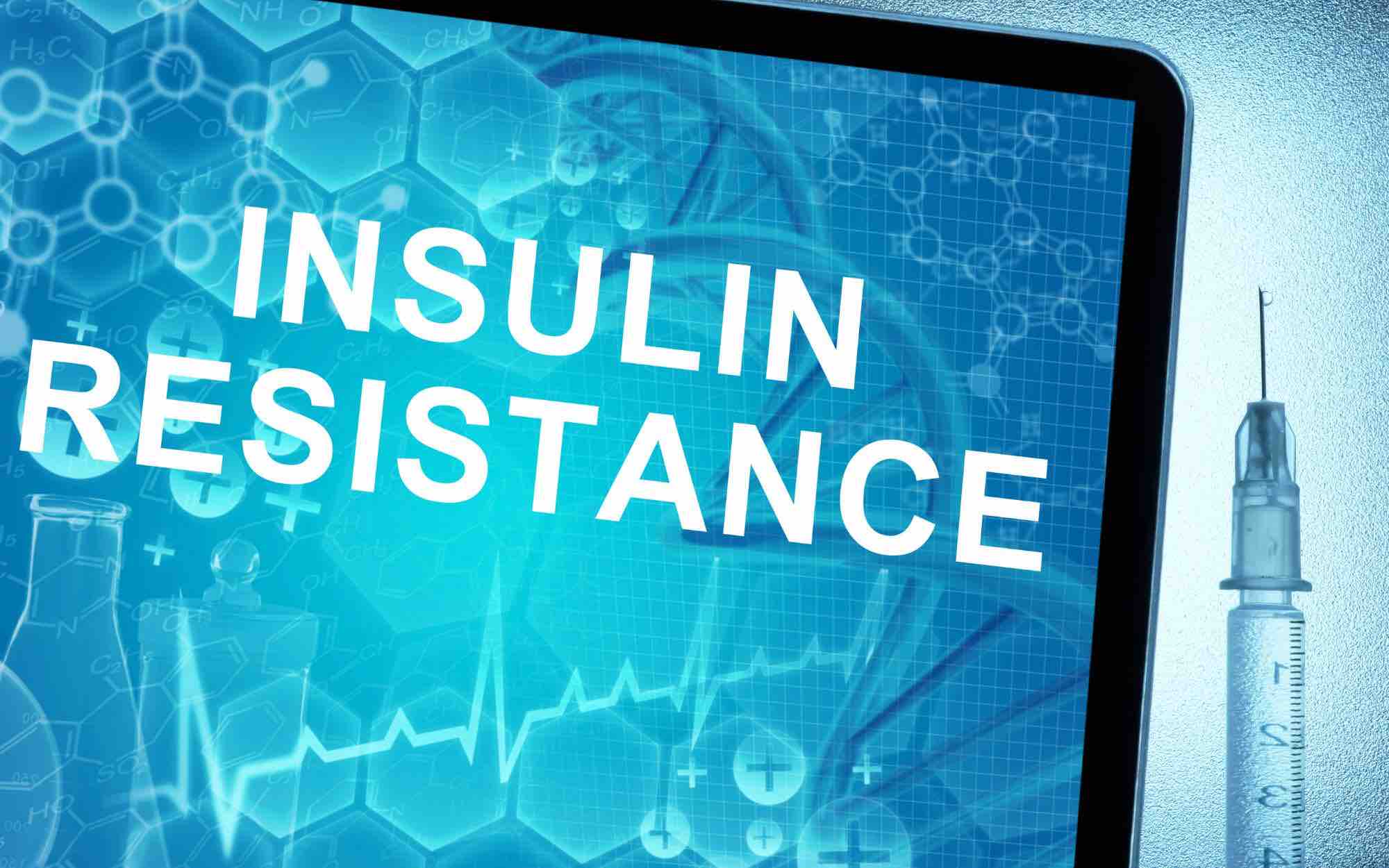Written by Dara Birnboim, MS. Reviewed by Diana Licalzi, MS, RD, CDCES
Today, we're exploring a crucial health topic affecting millions worldwide: insulin resistance. If you've been feeling fatigued, gaining weight, or struggling with sugar cravings, you may want to keep reading.
What is Insulin Resistance?
Is Insulin Resistance a Problem?
Now, why is insulin resistance a cause for concern? These persistent levels of elevated blood glucose can lead to prediabetes and type two diabetes.
Additionally, insulin resistance is closely linked to several other health issues, including cardiovascular problems, kidney disease, and even an increased risk of certain cancers. Understanding these consequences underscores the importance of recognizing and addressing insulin resistance early on.
Common Signs and Symptoms
1. Frequent Hunger
Red flag #1: Frequent hunger. Are you constantly hungry, even after eating a meal? This might be a sign of insulin resistance because if your body cannot respond properly to insulin, this can leave you feeling unsatisfied and actually craving more food. Evidence suggests that this might be due to the close relationship between insulin and ghrelin, the body’s hunger hormone. This is also because, with impaired insulin function, our glucose remains in the bloodstream instead of being taken up by cells for energy, leaving you feeling hungrier than usual.

Mechanism connecting insulin resistance and hunger hormones
2. Skin Tags
Recent studies suggest a link between skin tags and impaired glucose tolerance. The connection appears to be rooted in hyperinsulinemia, which means the body is producing excess insulin. Because insulin has growth-promoting effects, it can ultimately lead to skin tag development. Clinically, these pigmented, painless growths often occur in skin folds and can be removed. However, their removal is only a band-aid solution to their potential association with underlying metabolic conditions.
3. Weight Gain, Especially Around the Midsection
Number 3: abdominal fat. If you've noticed extra inches around your waistline despite maintaining a healthy lifestyle, it might be time to consider the possibility of insulin resistance. Although your genetics ultimately determine where you deposit your fat, storing more of it in your midsection usually indicates that you have excess fat around your organs as well. When excess adipose cells accumulate around organs, such as the liver or pancreas, they can release substances like free fatty acids and inflammatory signals, which can ultimately interfere with insulin function, contributing to insulin resistance and, ultimately, diabetes [1].

4. High Blood Pressure
Elevated blood pressure is another red flag as insulin resistance is closely linked to hypertension. In fact, evidence has shown that around half of individuals who have high blood pressure also have insulin resistance AND up to 80% of people who have already developed type 2 diabetes also have high blood pressure [2].
According to the National Heart, Lung, and Blood Institute of the National Institutes of Health (NHLBI), high blood pressure for adults is defined as 140 mm Hg or greater systolic pressure and 90 mm Hg or greater diastolic pressure.
5. High Triglycerides
Keep an eye on your lipid profile. If your triglyceride levels are consistently high, which is considered over 150 mg/dL this could be another warning sign of insulin resistance.
6. Polycystic Ovary Syndrome (PCOS) in Women
Insulin resistance is a common factor in the development of Polycystic Ovary Syndrome (PCOS), which can lead to irregular periods, fertility issues, and other hormonal imbalances. In fact, more than half of women with PCOS develop type 2 diabetes by age 40.
7. Frequent Urination
Moving on to red flag #7: frequent trips to the bathroom. Increased urination, especially at night, may be a sign of insulin resistance. Normally, the kidneys filter the blood to remove waste products and excess substances, including sugar. When blood sugar levels are high due to insulin resistance, the kidneys must work harder to remove the excess sugar from the bloodstream. As the kidneys work harder to eliminate excess sugar, more urine is produced, resulting in frequent urination.
8. Brain Fog and Trouble Concentrating
If you've been experiencing brain fog, difficulty concentrating, or even memory issues, insulin resistance might be a factor. The brain relies on stable blood sugar levels, and disruptions due to insulin resistance can impact cognitive function.
9. Slow Wound Healing
Red flag #9: slow wound healing. If you've noticed cuts and bruises taking longer than usual to heal, it could be due to impaired insulin function. Evidence suggests that elevated blood sugar levels resulting from insulin resistance can impede the body's natural healing processes. Leukocyte activity, in particular, which is the cells responsible for protecting the body from infection, takes a hit in high-glucose environments caused by insulin resistance.
10. Erectile Dysfunction in Men
If you are experiencing insulin resistance as a result of high blood sugar for a prolonged period of time, this can actually cause damage to many nerves and blood vessels, including in the penis, which can result in erectile dysfunction.
11. Chronic Inflammation
Insulin resistance is associated with chronic inflammation, which can manifest as joint pain, muscle aches, or other inflammatory conditions. If you're dealing with unexplained pain, this might also be indicative of insulin resistance.
12. Family History
Last but not least, family history. If you have close relatives with type 2 diabetes or insulin resistance, this could put you at risk for insulin resistance as well.
Insulin Resistance and Type Two Diabetes are NOT Life Sentences
If you identify with several of these signs, it's crucial to consult with a healthcare professional. Early detection and lifestyle modifications can significantly impact the management of insulin resistance. It's essential to understand that insulin resistance is not a life sentence. Just as it is caused by lifestyle factors, it can be reversed by positive lifestyle habits such as a good diet filled with plants and whole foods as well as regular exercise. If you or a loved one want to check your insulin resistance, we are here to help.
References
1. https://dmsjournal.biomedcentral.com/articles/10.1186/1758-5996-6-49
2.https://dmsjournal.biomedcentral.com/articles/10.1186/1758-5996-6-12


Leave a Comment